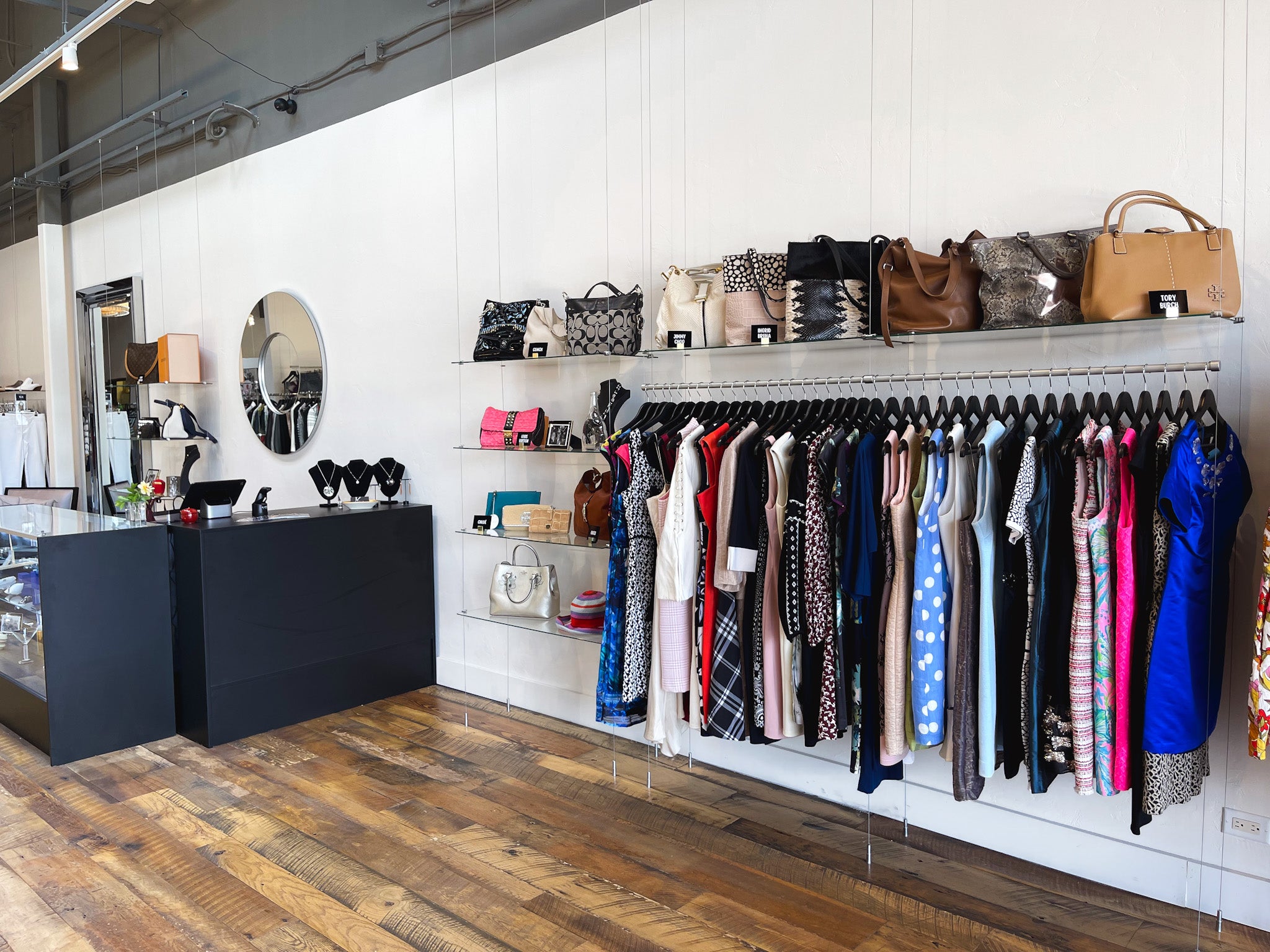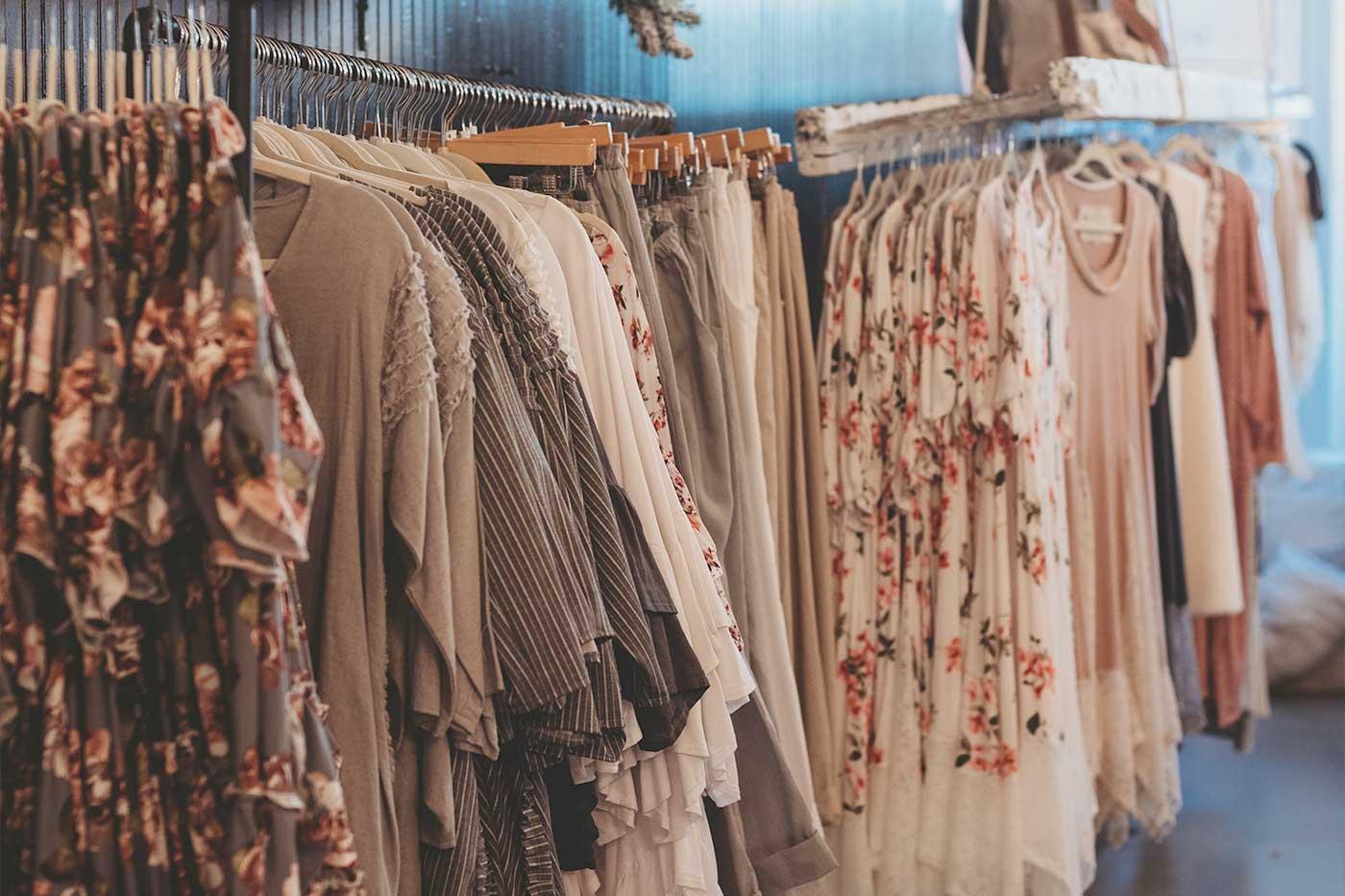Why Boutique Fashion is the Ultimate Selection for Special Style
Wiki Article
A Deep Study the Globe of High-Fashion Runways: Recognizing Clothes as Art
Developers, much like skillful musicians, weave elaborate narratives via fabric, shade, and type, redefining and challenging traditional standards elegance criteria. As we check out these sartorial spectacles, we must contemplate: what duty does style play in forming social worths, and just how does it mirror the ever-changing tapestry of human emotion and identity?The Advancement of Runway Reveals
The trajectory of path programs has actually changed considerably over the decades, advancing from special sector events to captivating eyeglasses that mix fashion with art. Commonly, path programs made love affairs, held in ateliers or tiny locations, largely participated in by buyers and industry insiders. These very early presentations focused on the garments' workmanship and industrial practicality, supplying a direct and functional display of seasonal collections.As the fashion business broadened, the nature of path programs started to alter. The 1970s and 1980s noted a transforming point, with designers looking for to distinguish themselves with even more theatrical discussions. This era saw the rise of sophisticated sets, choreographed designs, and thematic stories, heralding a new age where the path came to be an experiential platform. The shows changed into a type of storytelling, where each collection communicated a distinctive story or concept.
In recent times, technology and social media have even more reinvented runway programs, making them easily accessible to an international target market. Livestreaming and digital systems have democratized fashion, enabling fanatics worldwide to witness these occasions in real-time (boutique fashion). This development shows a wider social change, where high-fashion paths work as a vibrant junction of efficiency, style, and advancement
Designers as Dreamer Artists
Developers in the high-fashion industry have actually blurred the lines in between functional garment development and the conceptual world of art. By embracing creative techniques such as sculpture, painting, and progressive setups, developers craft garments that test standard style standards and elevate them to art kinds.Visionary developers draw motivation from a myriad of sources, including abstract art, historic recommendations, and individual stories. They have an unique capability to visualize and emerge concepts that press the boundaries of traditional fashion, typically redefining visual paradigms at the same time. This imaginative ingenuity is showcased via dramatic silhouettes, innovative products, and intricate craftsmanship, which welcome customers to experience fashion as more than simply wearable things.
Additionally, the path functions as a canvas for these musicians, where illumination, songs, and established design coalesce to create immersive experiences. These presentations are not merely displays of clothes however are orchestrated performances that evoke emotion and provoke idea, attesting the developer's duty as a real artist in the contemporary social landscape.
Cultural Influences in Fashion
Cultural tapestry weaves its intricate patterns into the material of style, influencing designers globally. The dynamic interchange of social tales, customs, and icons educates and motivates collections that grace high-fashion runways. Designers thoroughly draw from their heritage or engage with cultures distinct from their very own, crafting garments that offer as visual stories. This cultural discussion not only enriches the aesthetic variety yet also promotes a deeper understanding and appreciation of international identifications.The impact of culture on fashion is commonly seen in the reinterpretation of conventional garments and patterns. For example, the use of Japanese kimonos, Indian saris, or African prints in contemporary style mirrors a blend of social credibility and contemporary appearances. Designers such as Valentino's Pierpaolo Piccioli and Alexander McQueen's Sarah Burton have actually been known to include rich social concepts into their couture collections, translating history right into wearable art.

Advancement in Textile and Layout
i was reading this Development in fabric and design consistently reshapes the landscape of high-fashion, pressing limits and redefining opportunities. Recently, technological innovations have considerably contributed to this evolution, introducing materials that test typical understandings. Textiles embedded with clever fibers, with the ability of changing shade or regulating temperature level, are no longer confined to the realm of sci-fi. Developers are increasingly checking out the integration of modern technology, such as 3D printing, which permits for the creation of complicated structures that were formerly unimaginable.The style sector is seeing a rise in the usage of environment-friendly products, derived from recycled plastics, organic fibers, and also biodegradable parts. Designers are embracing these products to craft garments that are both visually striking and aware of their eco-friendly footprint.
In regards to layout, avant-garde shapes and experimental forms are constantly changing the path. By incorporating sophisticated strategies and non-traditional materials, designers grow garments that obscure the line in between style and art, establishing new criteria for creativity and expression in the high-fashion sphere.
Impact of Fashion on Culture
Style wields a profound influence on society, functioning as both a reflection of cultural identity and a catalyst for social modification. With its development, fashion has mirrored societal shifts, encapsulating the zeitgeist of different eras. The flapper dresses of the 1920s symbolized a newly found sense of women's liberation, while the bold prints of the 1960s echoed the cutting edge spirit of the time. High-fashion more paths, specifically, serve as platforms for tough standards and redefining elegance requirements. Developers utilize these venues to attend to pushing social issues, from sustainability to variety, consequently forming public discussion.Furthermore, fashion has the power to bridge cultural voids, promoting understanding and gratitude amongst diverse teams. As globalisation increases, the cross-cultural exchange of fashion concepts ends up being increasingly substantial, advertising inclusivity and variety. The increase of streetwear, stemming from metropolitan subcultures, shows just how fashion can go beyond socio-economic boundaries, providing individuals a means of self-expression and empowerment.
Basically, style is not just concerning appearances; it is a dynamic force that affects worths, attitudes, and social progress (boutique fashion). article source By continually communicating with social and social currents, style stays an integral part of the cumulative human experience

Conclusion
High-fashion runways work as dynamic fields where apparel goes beyond performance to become a meaningful art type. Designers, similar to visionary artists, orchestrate collections that mirror identification, feeling, and cultural narratives, challenging conventional visual appeals. The blend of innovative fabric and design, coupled with elaborate collection layouts, lights, and songs, produces immersive experiences that celebrate social variety. This junction of style and creativity not just astounds audiences worldwide but also influences social understandings and promotes a deeper recognition for multiculturalism.
Cultural tapestry weaves its complex patterns into the material of style, affecting developers internationally.Style wields a profound influence on society, offering as both a representation of cultural identity and a driver for social change.
Report this wiki page